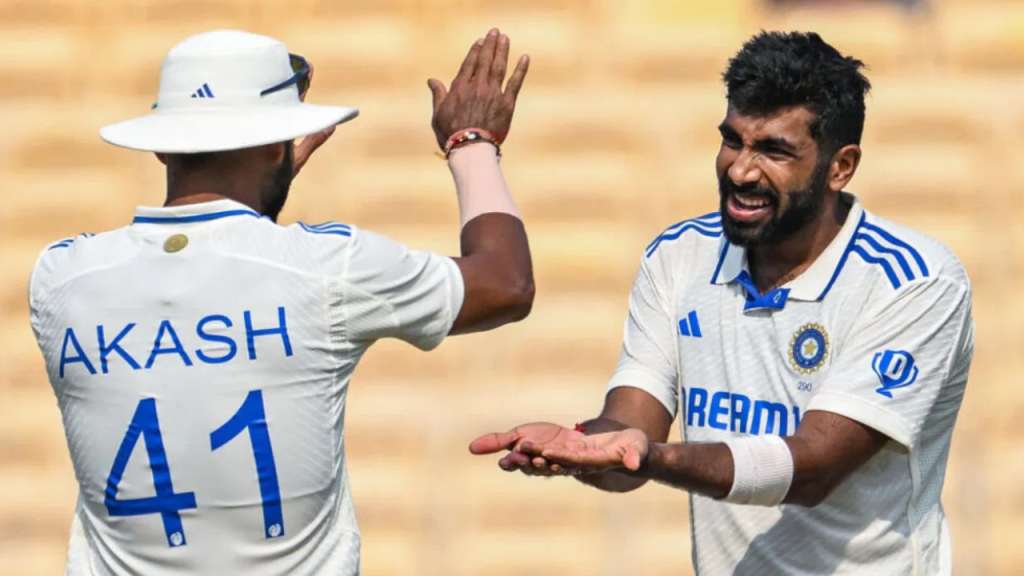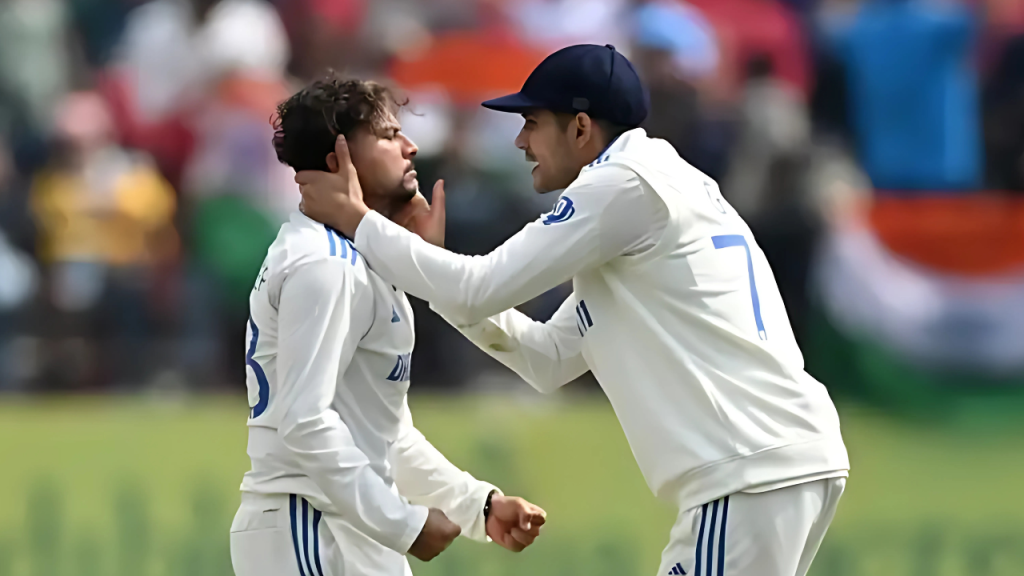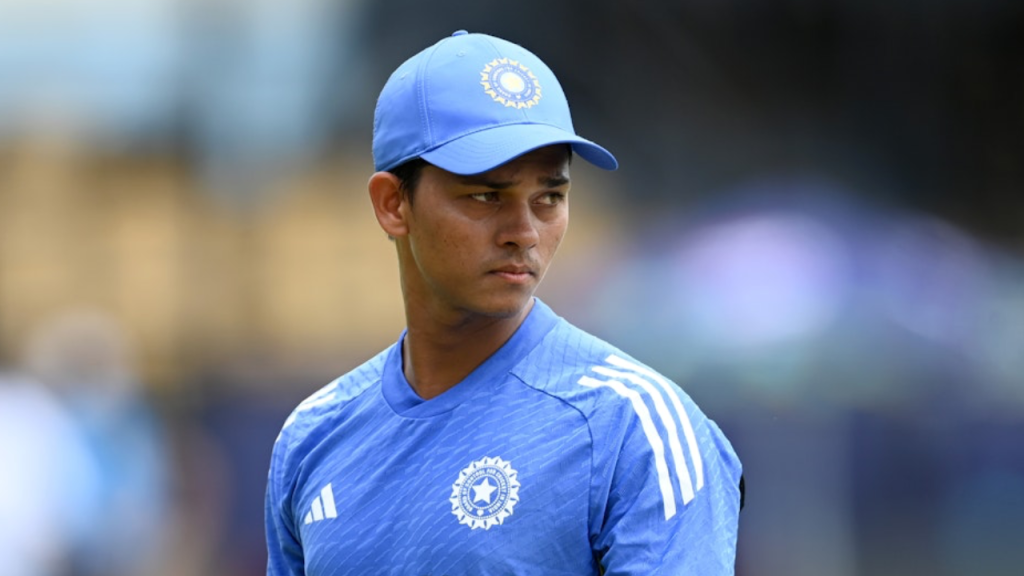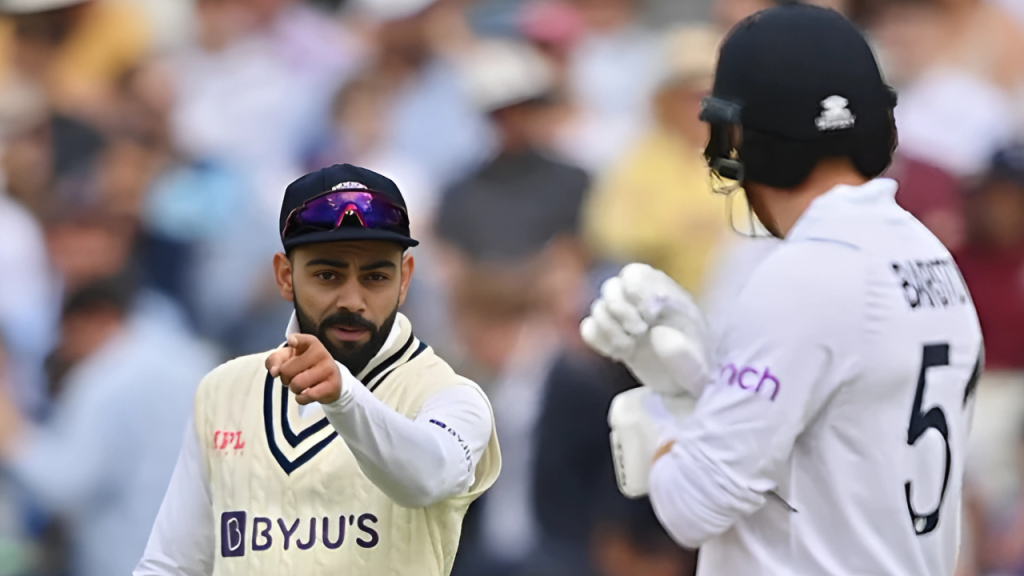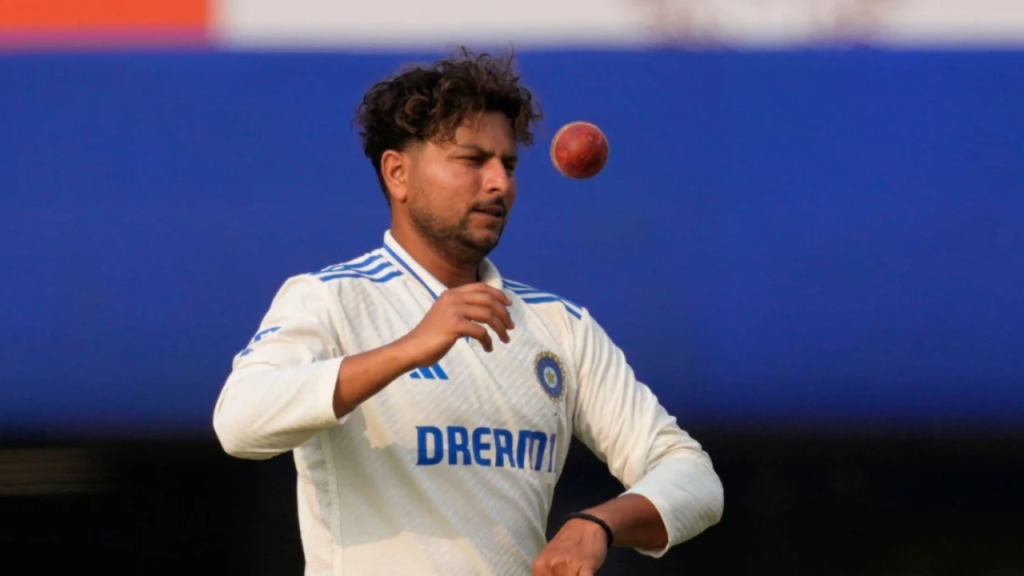The Border-Gavaskar Trophy, a series steeped in tradition and rivalry, has taken an innovative turn with the introduction of pink-ball Tests. This format not only challenges the players with its unique conditions but also adds a layer of excitement for the fans. As India prepares for the second Test in Adelaide on December 6th, where the pink ball will once again be in play, it’s a fitting time to reflect on the Indian batsmen who have excelled in these conditions. Here, we delve into the performances of the six Indian players who have amassed the most runs in pink-ball Tests.
At the top of the list, Virat Kohli stands as a beacon of consistency and class. With 277 runs in four matches, Kohli’s ability to adapt to the pink ball’s behavior, especially under lights, has been nothing short of masterful. His runs have often come at crucial times, turning matches in India’s favor. Kohli’s unbeaten 123 in the Perth Test of the recent series not only highlighted his technical prowess but also his mental toughness in these challenging conditions.
Rohit Sharma, who will lead the side in the upcoming Test, has been another standout performer. With 173 runs in three matches, Rohit’s elegant stroke play and ability to anchor innings have been pivotal. His experience at the top order makes him a formidable opponent, and his runs in pink-ball Tests underline his comfort and adaptability in these unique conditions.
Shreyas Iyer, making a significant impact in his debut pink-ball Test, scored 159 runs in just two innings. His aggressive yet composed approach against the pink ball showcased his potential as a future mainstay in the Indian lineup for such matches. Iyer’s performance not only boosted India’s total but also sent a message about his readiness for the big stage.
Ajinkya Rahane, with 100 runs in three matches, has been a steady presence. Known for his resilience and ability to grind out runs, Rahane’s contributions have often been crucial in stabilizing innings. His runs might not always make headlines, but they are invaluable in the context of the game.
Cheteshwar Pujara, with 98 runs in three matches, brings a different dimension to the team. His defensive technique and ability to bat long hours have often been the backbone of India’s innings, allowing more aggressive players to capitalize later. Pujara’s role in pink-ball Tests, though not as glamorous, is no less critical.
Rounding off the list is Rishabh Pant, with 90 runs in two matches. Pant’s flair and ability to change the game’s momentum with his aggressive batting make him a wildcard in these conditions. His runs, though fewer, come at a rapid pace, often unsettling the opposition.
As we look forward to the Second test of Border-Gavaskar Trophy and Adelaide Test, these performances provide a backdrop of what fans can expect. The pink-ball Test, with its unique challenges, tests not just the technical skills but also the adaptability of players. Under Rohit Sharma’s leadership, with the memory of Jasprit Bumrah’s captaincy in the first Test still fresh, India will look to capitalize on these insights. The Adelaide Test, therefore, isn’t just another game; it’s a continuation of a saga where these players have already left their mark, ready to add more chapters to their story in the glow of the pink ball.
